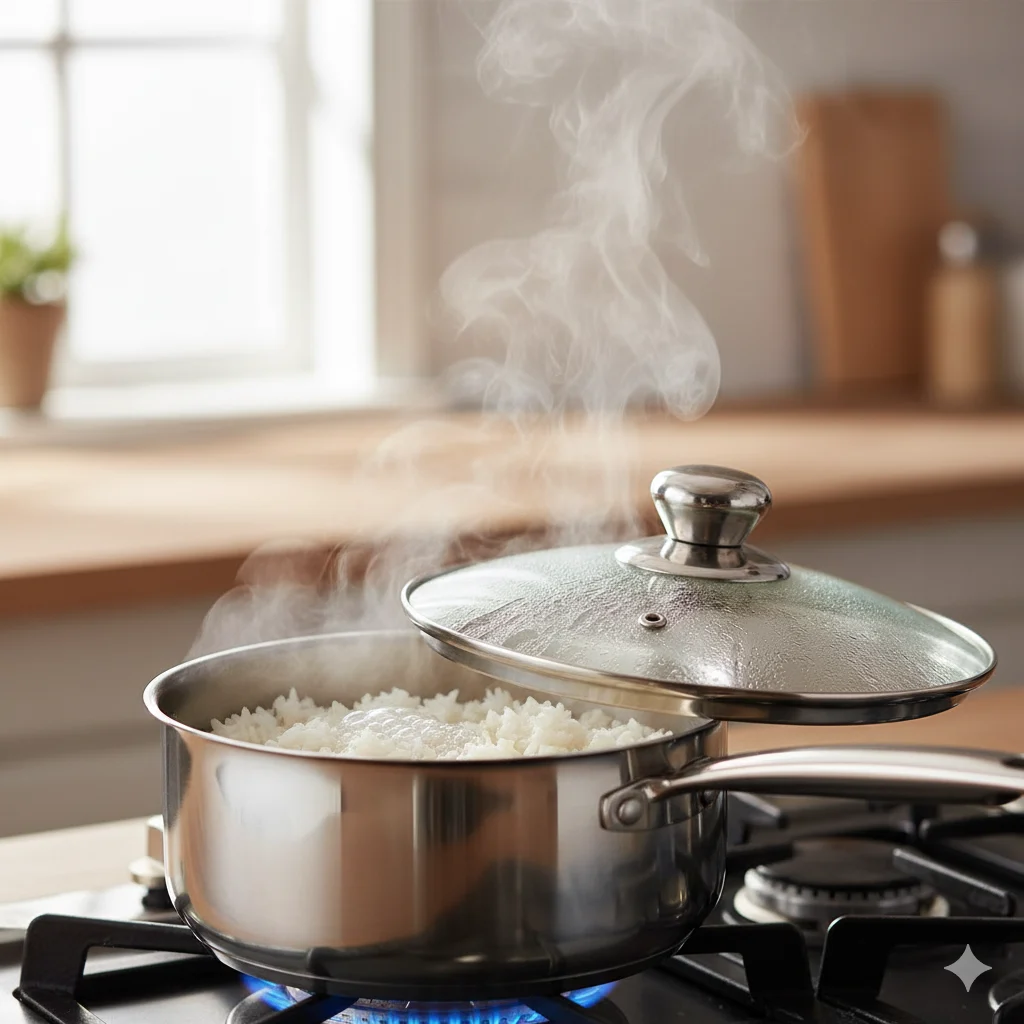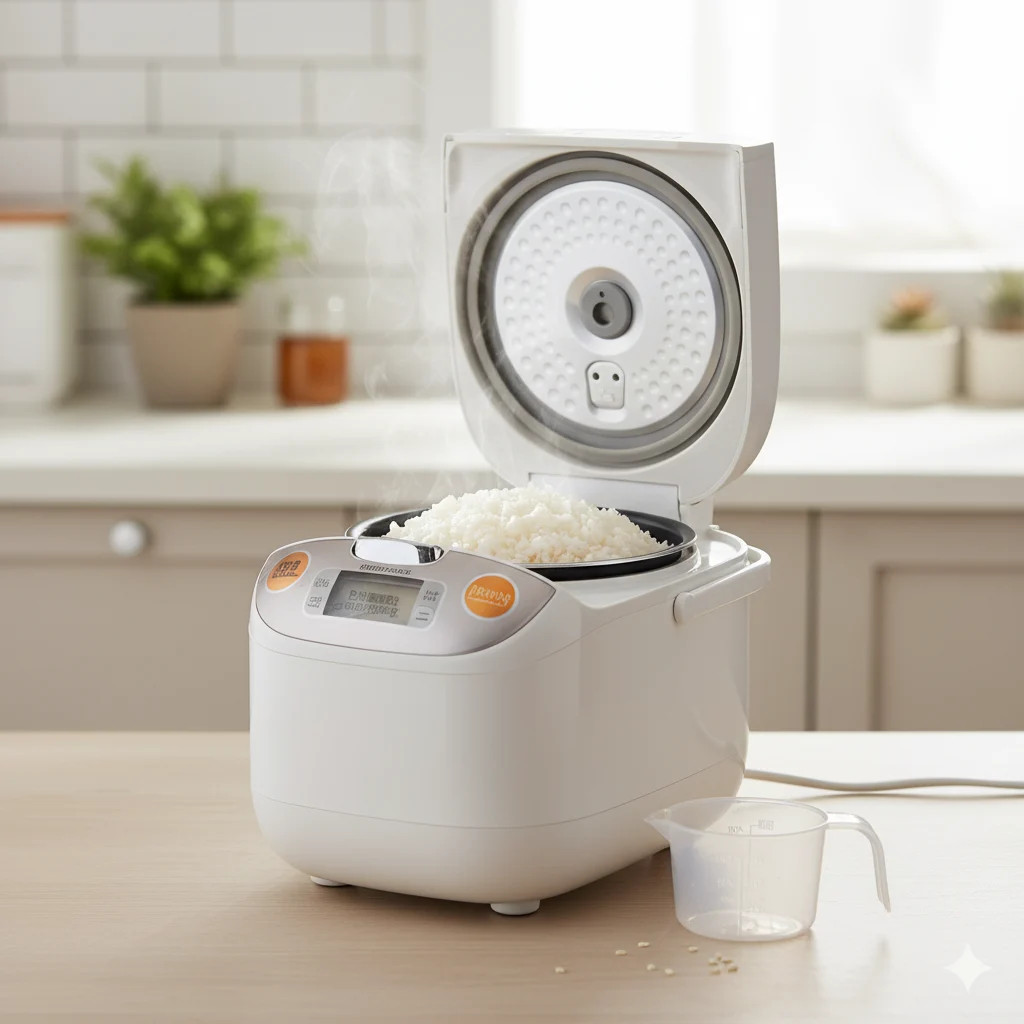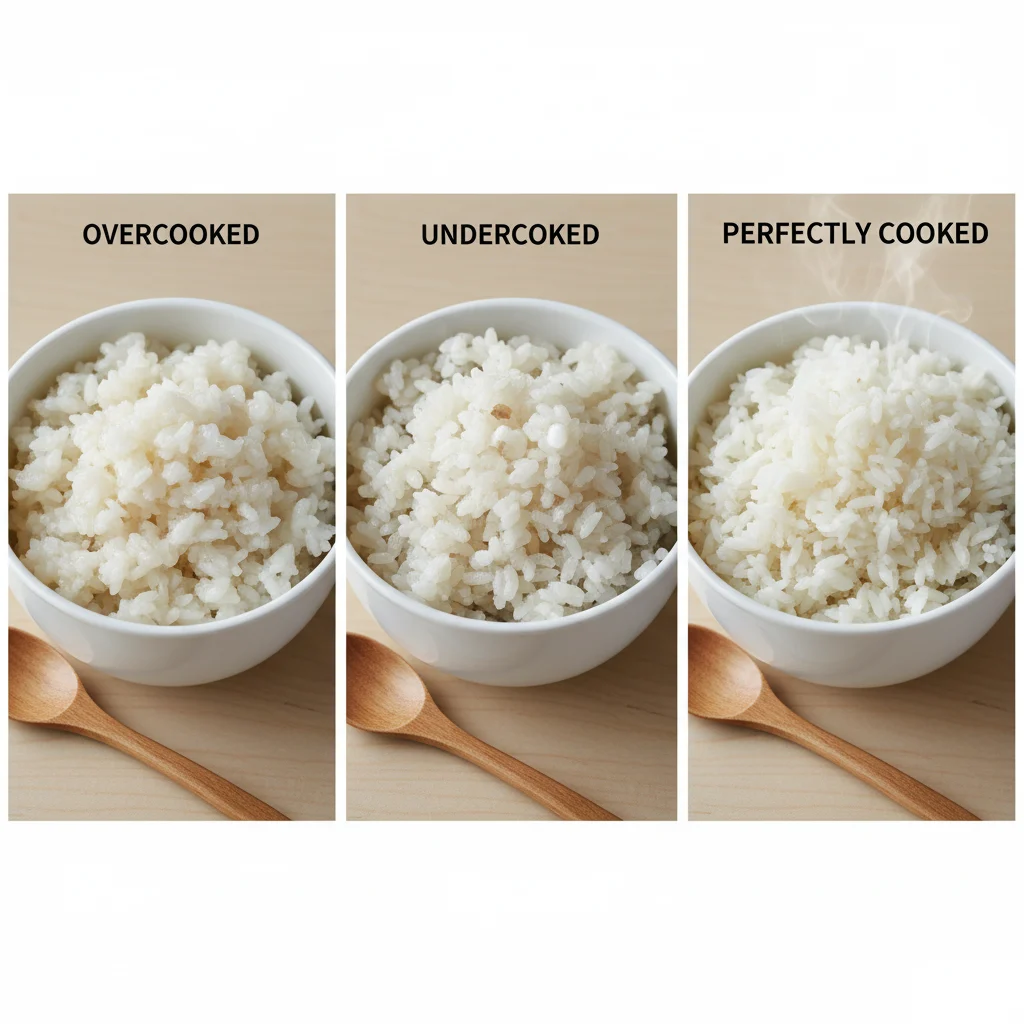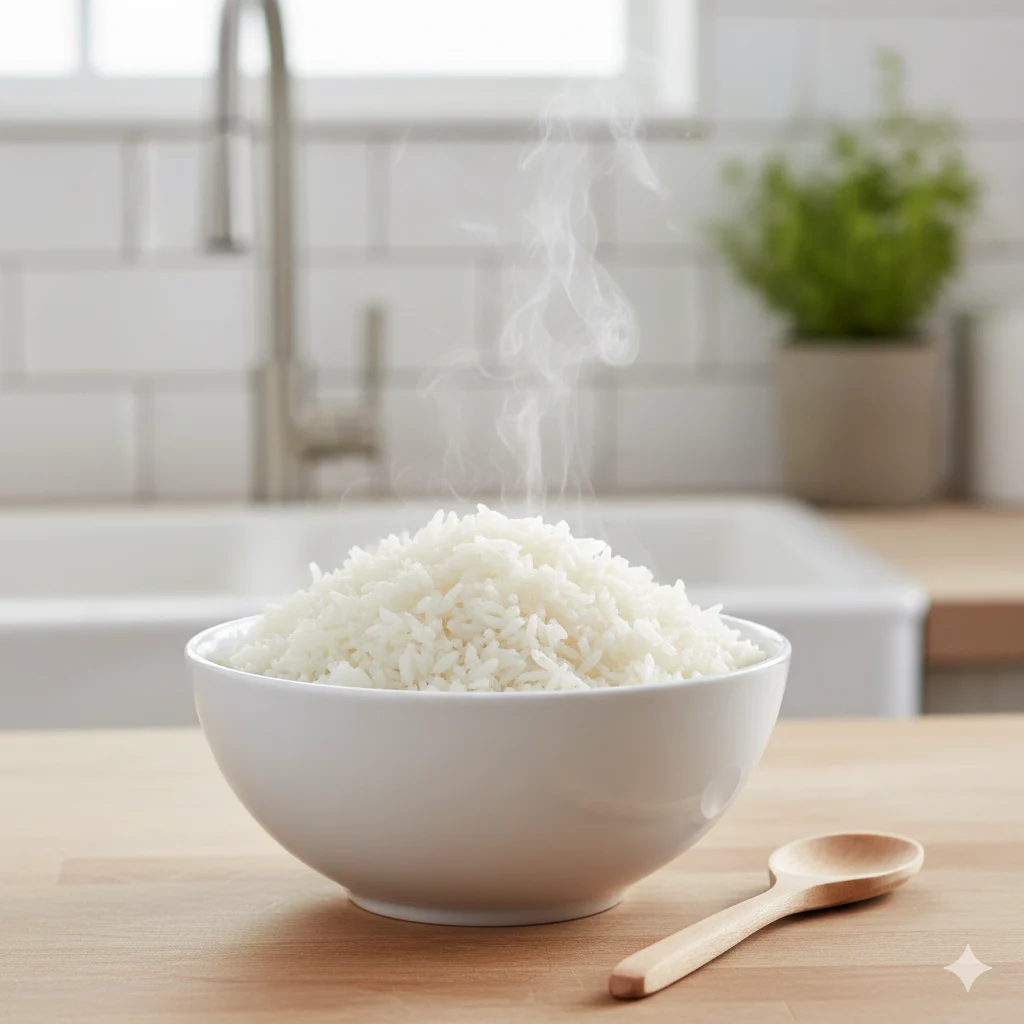Rice is one of the most versatile and beloved staples in kitchens around the world. Whether you’re preparing a quick weeknight meal, a sushi feast, or a comforting bowl of fried rice, knowing how to cook rice properly is a kitchen essential. Yet, even seasoned home cooks sometimes struggle with soggy, sticky, or undercooked grains.
In this comprehensive guide, we’ll walk through everything you need to know to cook rice perfectly every time — from stovetop techniques to rice cooker secrets and even microwave hacks. Along the way, you’ll discover the right water-to-rice ratios, cooking tips for different varieties, and methods to add rich flavor and texture to your rice dishes.
Understanding the Basics of Cooking Rice
Cooking rice might seem simple, but the process depends heavily on the type of rice and method you use. Short-grain, medium-grain, and long-grain rice all absorb water differently and yield unique textures.
Types of Rice and Their Characteristics
- Long-grain rice (like Basmati or Jasmine) — Fluffy, separate grains, ideal for curries or stir-fries.
- Medium-grain rice — Slightly stickier, often used in risottos or paellas.
- Short-grain rice (like sushi or Arborio rice) — Creamy and sticky; perfect for sushi and rice puddings.
- Brown rice — Whole-grain rice with the bran intact; more nutritious but requires longer cooking.
- Wild rice — Technically a grass, with a nutty flavor and chewy texture.
Each variety demands a specific cooking time and water ratio, which we’ll cover below.
Step-by-Step Guide: How to Cook Rice on the Stovetop
The stovetop is the most traditional and versatile method. Follow these steps to achieve soft, fluffy, and perfectly cooked rice.

Step 1: Measure Your Rice and Water
A common ratio for white rice is 1 cup rice to 2 cups water. For brown rice, use 1 cup rice to 2½ cups water. Always measure accurately for consistent results.
Step 2: Rinse the Rice
Place the rice in a fine mesh strainer and rinse under cold water until the water runs clear. This removes excess starch and prevents the rice from becoming gummy.
Step 3: Boil, Then Simmer
Add water and rice to a saucepan and bring to a gentle boil. Once boiling, reduce the heat to low, cover tightly, and let simmer for:
- White rice: 18–20 minutes
- Brown rice: 35–45 minutes
- Jasmine/Basmati rice: 15–18 minutes
Avoid lifting the lid too often — steam is your best friend for even cooking.
Step 4: Rest and Fluff
Once cooked, remove from heat and let the rice rest (covered) for 10 minutes. Then fluff with a fork to separate the grains and release excess moisture.
How to Cook Rice in a Rice Cooker
If you want consistent, hands-free results, a rice cooker is a game-changer. It’s especially useful for busy kitchens or large families.

- Add rinsed rice to the cooker bowl.
- Use the cooker’s internal water lines or follow standard ratios (usually 1:2 for white rice).
- Press the appropriate cooking setting and let it do its job.
- Once done, allow it to sit for 5–10 minutes on “keep warm” before serving.
💡 Pro Tip: Add a teaspoon of butter or oil before cooking to enhance flavor and prevent sticking.
Cooking Rice in the Microwave (Fastest Method)
For those short on time, the microwave method is surprisingly effective.
- Add 1 cup rice and 2 cups water to a large, microwave-safe bowl.
- Cover loosely (don’t seal completely).
- Microwave on high for 10 minutes, then on medium for 15 minutes.
- Let it sit covered for 5 minutes before fluffing.
This method works best with white rice or parboiled varieties.
How to Cook Brown Rice or Wild Rice
Whole-grain rice like brown or wild rice needs more time and water since they retain their outer bran layer.
Brown Rice:
- Ratio: 1 cup rice to 2½ cups water
- Simmer time: 40–45 minutes
Wild Rice:
- Ratio: 1 cup rice to 3 cups water
- Simmer time: 45–55 minutes
💡 For extra flavor, replace water with broth or add bay leaves, garlic, or onion while cooking.
Common Mistakes to Avoid When Cooking Rice
Even a small misstep can affect texture. Avoid these frequent errors:

- Using too much water: Leads to mushy rice.
- Not rinsing: Causes clumping and stickiness.
- Stirring too often: Breaks grains, making rice pasty.
- Skipping rest time: Prevents fluffiness.
Each of these steps might seem minor, but together they define whether your rice turns out restaurant-quality or not.
How to Add Flavor to Your Rice
Plain rice can be transformed with a few simple additions:
- Cook in chicken or vegetable broth instead of water.
- Stir in butter, olive oil, or sesame oil for richness.
- Add herbs, garlic, or onion powder for aroma.
- Mix in lime juice or coconut milk for a tropical twist.
These small upgrades can elevate even basic rice dishes into flavorful sides.
How to Store and Reheat Cooked Rice Safely
Cooked rice can last 3–4 days in the refrigerator if stored properly.
- Let it cool completely before refrigerating.
- Store in airtight containers.
- Reheat with a splash of water to restore moisture.
⚠️ Safety Tip: Never leave cooked rice at room temperature for over 2 hours, as it may grow bacteria that cause food poisoning.
FAQs About Cooking Rice
Q1: Should I soak rice before cooking?
Soaking isn’t essential for white rice but helps brown or basmati rice cook evenly and stay soft.
Q2: Why is my rice always sticky?
You may be using too much water or skipping the rinse. Try washing the rice thoroughly and reducing water slightly.
Q3: Can I reheat rice in a microwave?
Yes. Add a tablespoon of water, cover, and heat until steaming hot.
Q4: What’s the best rice for fried rice?
Use day-old long-grain rice, preferably jasmine, for the best non-sticky texture.
Final Thoughts
Learning how to cook rice perfectly isn’t just about following steps — it’s about understanding balance, patience, and precision. Once you master the basic techniques, you can experiment with flavors, cooking liquids, and varieties. Whether you’re using a rice cooker, stovetop, or microwave, these methods will help you serve fluffy, flavorful rice every time.




